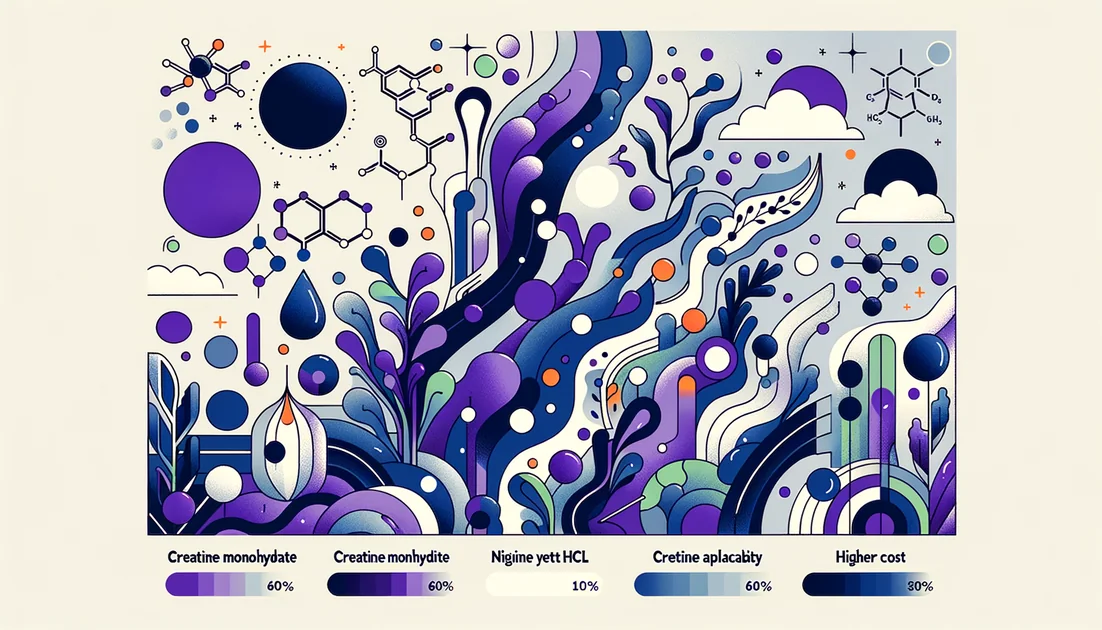
SuperSmart's transparency paradox: COAs for nearly everything—yet many don't prove what's in the bottle
Our Verdict
Comprehensive analysis shows a nuanced picture. SuperSmart stands out for publishing per-product COA files and leaning into branded, evidence-supported ingredients—real positives in a market full of vague claims. But in many cases the COA content doesn't answer the two most important consumer questions: does the finished product contain the promised active amount, and is it clean? Without routine publication of potency assays and contaminant panels, transparency remains "in progress." If you're shopping for specialty formulas like Meriva or Pylopass, SuperSmart can be a solid choice. For commodity nutrients or if you demand batch-level numbers, consider brands that post full test reports by lot.
How we investigated:We verified SuperSmart's public claims across its U.S. and EU sites, pulled multiple live COAs, traced ownership/legal notices, sampled customer-experience patterns, and examined hallmark formulations built on branded ingredients (Meriva curcumin, Pylopass DSM 17648). We also checked FDA databases for warnings/recalls tied to the brand and compared transparency/value against reputable alternatives known for batch-level data or GMP leadership.
Ideal For
- Shoppers who value specialized/branded actives (Meriva, Pylopass)
- Consumers seeking less common SKUs (e.g., high-MW hyaluronic acid)
- EU buyers wanting an established cross-border brand
Avoid If
- You require batch-level potency/purity PDFs before purchase
- You're optimizing for lowest cost per mg on commodity nutrients
- You prefer brands with visible third-party GMP certificates and posted numbers
Best Products
- H. Pylori Fight / Formula (with Pylopass)
- Super Curcuma (Meriva)
- OptiMag (8-form magnesium blend)
Skip These
- Products where the COA PDF lacks potency/contaminant data and you need stronger documentation (ask support for assays before buying)
SuperSmart publishes a Certificate of Analysis (COA) on a large share of product pages—a rarity in the industry. But when we opened several COAs, many documented packaging checks, capsule weights, and disintegration times rather than third-party assays confirming active potency or contaminant panels. That's transparency in form, not always in substance.
Ranked by verified review count
Common Questions
Does SuperSmart publish Certificates of Analysis (COAs)?
Yes—many product pages have COA links. However, sampled COAs often list physical/disintegration checks rather than potency and contaminant assays.
Are SuperSmart's formulations evidence-based?
Several use branded actives with clinical backing (e.g., Meriva, Pylopass). Evidence applies to the ingredient; finished-product testing is not consistently shown.
Any FDA actions against SuperSmart?
We found no FDA warning letters or recalls tied to SuperSmart/SuperSmart USA in databases reviewed.
Is SuperSmart good value?
For specialty/branded formulas, fair. For commodity nutrients, value leaders that publish fuller test data may offer better price-to-proof.
Where are products made and shipped from?
The brand states roughly half in the U.S. and half in Europe, distributed from the Netherlands with admin in Luxembourg; U.S. operations in Florida.
What to Watch For
Watch for SuperSmart to strengthen its COA program by adding potency and purity assays; batch-level omega-3 oxidation metrics would be a notable upgrade. If they publish third-party GMP certificates or NSF/ISO lab details, their transparency score could jump significantly.
Key Findings
SuperSmart posts product-level COAs on many pages, but sampled COAs emphasize physical specs/disintegration and do not consistently show potency assays or contaminant testing (heavy metals, microbes).
Formulation quality leans on credible branded actives—Meriva (curcumin phytosome) with ~29-fold higher bioavailability vs unformulated curcumin, and Pylopass (L. reuteri DSM 17648) with supportive RCTs in H. pylori adjunct therapy.
Omega-3 page claims Friend of the Sea sourcing and purification steps; however, we did not find batch-level IFOS/oxidation metrics published for consumers.
Corporate structure is split: EU editor in Portugal with Luxembourg contact; U.S. entity in Florida—useful for returns/support jurisdiction.
Customer sentiment skews positive on Trustpilot (4.4–4.5/5 across U.S. and global sites), with some complaints about price, shipping delays, and communication.
What Customers Say
Overall satisfaction is high, with praise for product variety and effectiveness; recurring complaints focus on shipping delays or pricing.
Trustpilot averages ~4.4–4.5/5 across US/global profiles.
"Great products and prices.."
"Very reliable... Excellent documentation."
"Order placed... never shipped... please refund."
Customer service appears responsive on Trustpilot; plan purchases ahead if timing is critical.
Niche needs (e.g., high-molecular-weight hyaluronic acid) attract loyal repeat buyers.
Anecdotal forum/ratings mentions HMW HA availability.
The only other manufacturer I could find than DoNotAge that is HMW is SuperSmart.
"I always get my high molecular weight hyaluronic acid from this company."
SuperSmart carries uncommon SKUs, which can be a differentiator if you seek specific formats.
Expert Perspectives
Meriva (Indena) is one of the most studied curcumin delivery systems, with human data showing large bioavailability gains vs standard extracts.
Pylopass (DSM 17648) has RCT support as an adjunct in H. pylori regimens; benefits are for support, not cure claims.
You might also like
Explore more of our evidence-led investigations, comparisons, and guides across every article style.

The Vitamin Shoppe
The Testing Paradox at The Vitamin Shoppe: NSF-certified highs, transparency gaps, and value swings

Creatine Monohydrate (CM) vs Creatine Hydrochloride (Cr-HCl)
For most people, choose Creatine Monohydrate for proven results, simple dosing, and best value. Consider Creatine HCL only if you consistently get GI upset from CM and are willing to pay more; it hasn't shown better outcomes in trials. [1][2][4][5]


S-adenosyl-L-methionine (SAMe)
In 1952, an Italian biochemist isolated a strange, positively charged molecule that shuttled tiny carbon tags around the cell—labels that quietly genes up or down, nudge brain chemicals, and even shape cartilage. He called it S-adenosyl-L-methionine. Decades later, people would know it by a nickname that sounds like a friend: SAMe.[1][2]

Ashwagandha + Rhodiola: Calm Energy or Just Hype?
Dual-core, theoretical synergy: good rationale, solid solo data, but no head-to-head Ashwagandha+Rhodiola trials yet.

Tocotrienols
The stealthier cousins of vitamin E—built with springy tails that move differently in cell membranes and behave differently in your body.
